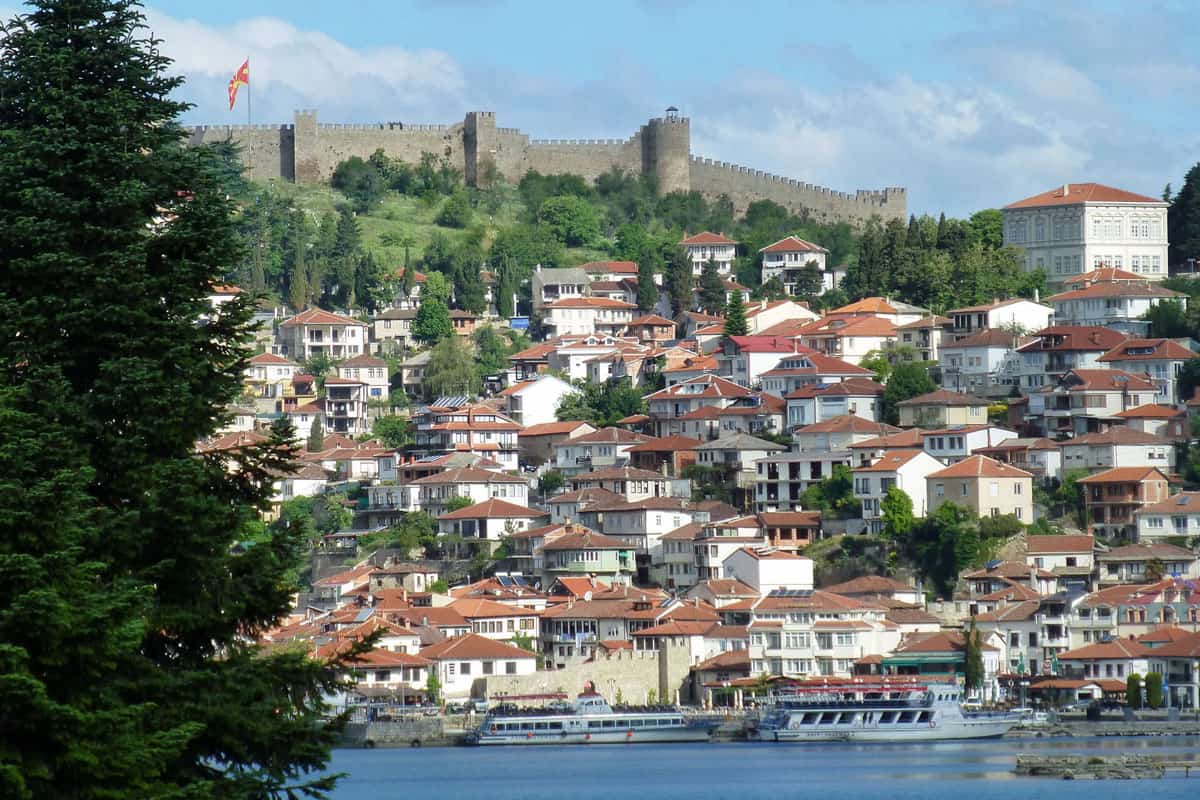
How Does ME&A Drive Sustainable Development through LED?
Editor’s Note: This is Part 2 of a two-part series on ME&A’s LED services. Part 1 is Q&As on why LED is key to sustainable development.
At ME&A we believe that Regional and Local Economic Development (LED) is perhaps the most important key to sustainable growth, the reduction of poverty and the elevation of indices of well being in a society. We have a long tradition of developing successful LED strategies, engaging all stakeholders to participate in the process, and promoting a sense of ownership and an ongoing commitment to long-term sustainable entrepreneurial solutions.
Our approach to LED
For a locality or region that is new to LED, the first steps concern organization (who is involved and how is it staffed), followed by completion of a community or regional profile and competitiveness (SWOT) assessment; development of an LED strategy; implementing that strategy; and finally, a monitoring and evaluation system for continual feedback on the effectiveness of the strategy so that corrections to it can be made as it unfolds. Emphasis is always on making the process a participatory one, with inclusion of all significant stakeholders in the community or region.
Training is an important ingredient in the initial phase of assistance, so that key persons and institutions fully understand the concept and process, as well as their particular role and the roles of other stakeholders. Organizational development includes a review of alternative models for LED organization and selection of the one that best meets community needs. Hands-on assistance follows to facilitate the assessment phase, and based on the results, implementation of the strategy.
LED tools and methodologies
ME&A employs a number of tools and methodologies in performing its work in assessing, designing, developing, implementing, monitoring and evaluating LED programs. These include:
- Stakeholder analysis
- SWOT analysis
- Regional profiling
- Competitive analysis
- Cluster development guidelines
- Cluster committee work sheets
- Cluster assessment guidelines
- Organizational analysis and development utilizing HICD Human Performance Technology methodologies
- LED Evaluation Survey Questionnaire
Our LED experience
ME&A has a long involvement in local economic development, and the related-fields of community development, strategic planning, firm-level business development, local government, competitiveness, community outreach and public awareness. Here are some examples:
- Northern Chautauqua Regional LED Project. A current regional economic development initiative for a 40-mile region of Lake Erie waterfront and watershed in Western New York. The project provides assistance to the Northern Chautauqua Community Foundation, consisting of economic regional definition, association institutional development (HICD), regional economic development strategic plan development, regional profile and competitive analysis, business cluster identification and prioritization, stakeholder identification and outreach, monitoring and evaluation.
- Albanian Local Government Development. As part of the USAID-funded Public Administration Program for Albania (PAPA) project, pilot cities were assisted in the creation of LED commissions, LED strategic plans were designed and implemented, and capital improvement plans where completed in support of LED strategies.
- Poland “Fabrykat 2000” Project. Under “Fabrykat 2000,” ME&A assisted in the creation of technology transfer programs and the development of technology transfer institutions in Warsaw, Krakow, Lodz and other cities. Emphasis was placed on manufacturing extension with the purpose of helping Polish firms develop their international competitiveness as they approach EU accession.
- Macedonia and Albania LED: ME&A trained local government officials and members of the private sector in entrepreneurship, business management and LED on behalf of the Albanian American Trade & Development Association.
- Ukraine LED: ME&A worked with municipalities in the Kharkiv Region to develop LED strategic plans and implement business extension services. An industrial sector study was also completed and a report issued for use by public and private interests in making investment decisions (these sector studies are available elsewhere on this website).
- Moldova Public Awareness Campaign: ME&A implemented a nationwide public awareness campaign on behalf of the Ministry of Privatization so that citizens understood the privatization process, fundamentals of a market economy, and the rights and responsibilities of private company ownership.
- “Local Economic Development Along Transportation Corridor VIII” project, a Trans-Balkan initiative involving Albania, Macedonia, Bulgaria and Kosovo. ME&A worked with Balkan countries to prepare their local economies for taking advantage of anticipated new business opportunity associated with highway, rail and pipeline links. Project elements included network development, advocacy, LED, and cross-border project development among network partners.
- Macedonia Competitiveness Activity. ME&A identified key industrial clusters for further development of an internationally competitive economy for the country.
- About the Author
- Latest Posts
Thomas C. England, ME&A’s Chief for Strategy and Innovation, has more than 40 years of experience in policy and management positions in both the public and private sector with specific expertise in international development programs. He is one of ME&A’s co-founders and served as CEO and President, and as Chairman of the Board of Directors, for more than 30 years.



